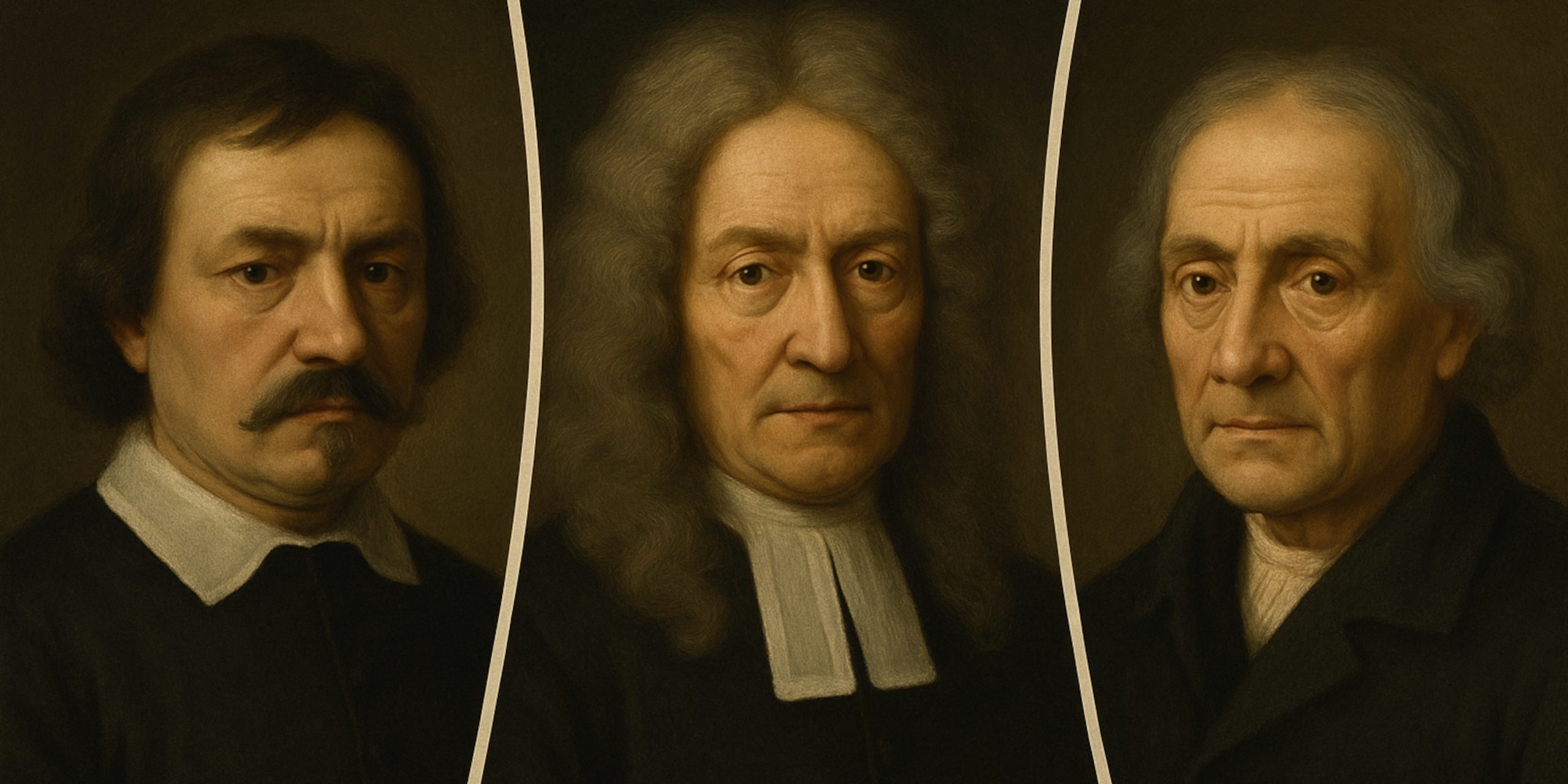
German swordsmiths have played a significant role in the history of European arms and armor, particularly during the Middle Ages and the Renaissance. Below are some of the most important and influential German swordsmiths and sword-making families:
Johannes Wundes (active mid-16th century, Solingen)
Wundes is among the most recognisable names in German swordsmithing. Based in Solingen, he produced finely crafted rapiers, longswords, and dussäe (single-edged swords popular among mercenaries). His blades were often inscribed with Latin mottos and Christian imagery, and many feature the famed Solingen mark, a crowned sword or stylised running wolf.
Wundes was praised for both his artistry and functionality. A 16th-century inventory from the armoury of Archduke Ferdinand of Tyrol mentions “a fine sword of Solingen steel, etched and signed by Wundes,” indicating his renown among nobility. His blades were widely exported and imitated, to the point where forgeries appeared across the German states.
The Passau Swordmakers (active 14th–17th centuries, Passau)
Though individual names from Passau remain obscure, the collective output of the region was widely recognised. Blades from Passau bore the “Passau wolf” stamp, often believed to protect the bearer from harm or bad fortune. The superstition was so widespread that other regions began adding the wolf mark to their own swords as a marketing tactic.
Contemporary records from mercenary contracts and estate inventories frequently mention swords “with the wolf of Passau,” treated as prestige weapons. Passau smiths were especially known for double-edged arming swords and early forms of the longsword, many with deep fullers and robust crossguards.
Hans Dürer (active early 16th century, Augsburg)
Possibly a relative of the famous artist Albrecht Dürer, Hans Dürer was part of Augsburg’s elite armourer and cutler guild. His work focused on ornamental and ceremonial swords for the courts of the Holy Roman Empire. Augsburg was well known for gold-inlay and etched decoration, and Dürer’s swords reflected that richness.
One surviving piece attributed to his workshop is held in the Germanisches Nationalmuseum. It features a lion pommel, pierced guard, and etched Latin prayer along the fuller, an indication of the fusion of faith and status in German sword design.
Johann Wilhelm Weidmann (active late 18th century, Solingen)
Weidmann was a leading figure in military sword production during the late 18th century, particularly known for his work for the Prussian and Saxon armies. His sabres and officer’s swords were characterised by elegant yet durable hilts, often made of brass and wire-bound grips.
A Prussian military quartermaster report from 1791 notes Weidmann’s blades as “of superior cut and straightness, exceeding French manufacture.” His swords are still preserved in German military museums and are valued by collectors for their balance and clean forging.
Peter Munich (active 15th century, Solingen)
A pioneer in the production of large two-handed swords used by the Landsknechte mercenaries, Peter Munich is sometimes associated with early Zweihänder types. His blades were built for shock infantry, featuring long ricassos and parrying hooks (Parierhaken).
Landsknecht records refer to “Munich swords” as favoured for their reach and strength in formation fighting. Many surviving examples show aggressive tapering and substantial weight distribution, designed for breaking pikes and disrupting cavalry.
Klingenthal Swordmakers (established late 17th century, Alsace, formerly German-controlled)
Klingenthal began as a German-speaking town and was later absorbed into France. In the 18th century, it became home to the Manufacture d’Armes Blanches de Klingenthal, producing swords for the French and other continental armies. Earlier, German-speaking families like Schleiss and Gerstner had already built a reputation for export-quality cavalry sabres and smallswords.
Their blades combined German steel quality with French stylistic influence, including curved sabres with etched panels and gilded hilts. A Saxon officer in 1749 described his Klingenthal sword as “quick in hand, unbending in stroke,” capturing the appeal of their craftsmanship.
Georgius Engel (active c. 1500s, Nuremberg)
Engel was one of Nuremberg’s known smiths whose hallmark (a winged helmet) appears on multiple civilian rapiers and military sideswords. His work represents the transitional sword types of the late 15th and early 16th centuries, narrower blades suited to both cutting and thrusting, anticipating the full emergence of the rapier.
Nuremberg guild documents reference Engel as a “trusted master of balanced blades.” His swords often appear in German burgher portraits of the time, indicating their use beyond the battlefield, as civic and status symbols.
Anton Wingen Jr. (20th century, Solingen)
Anton Wingen Jr. carried on the Solingen tradition into the modern era, producing military and ceremonial daggers, especially during the interwar and wartime periods. His work included Luftwaffe and SA daggers, which, while politically fraught, were technically high-quality pieces. Post-war, the company shifted to hunting knives and collector pieces.
His mark, an antler with crossed swords became well recognised among collectors. Surviving examples are often praised for their edge retention and decorative flair, even as the context of their use complicates their legacy.
Legacy
A 1604 Frankfurt fencing manual notes: “Let the student take not any blade, but one from Solingen, Passau or Nuremberg, whose steel sings when drawn.” Another late 17th-century travel journal remarks, “In Solingen I found more smiths than priests, and each an artist in steel.”
These German swordsmiths and workshops not only supplied weapons but shaped martial culture across Europe. Their names still appear in museums, auction houses, and fencing circles, where their designs continue to influence the study of historical European martial arts.



